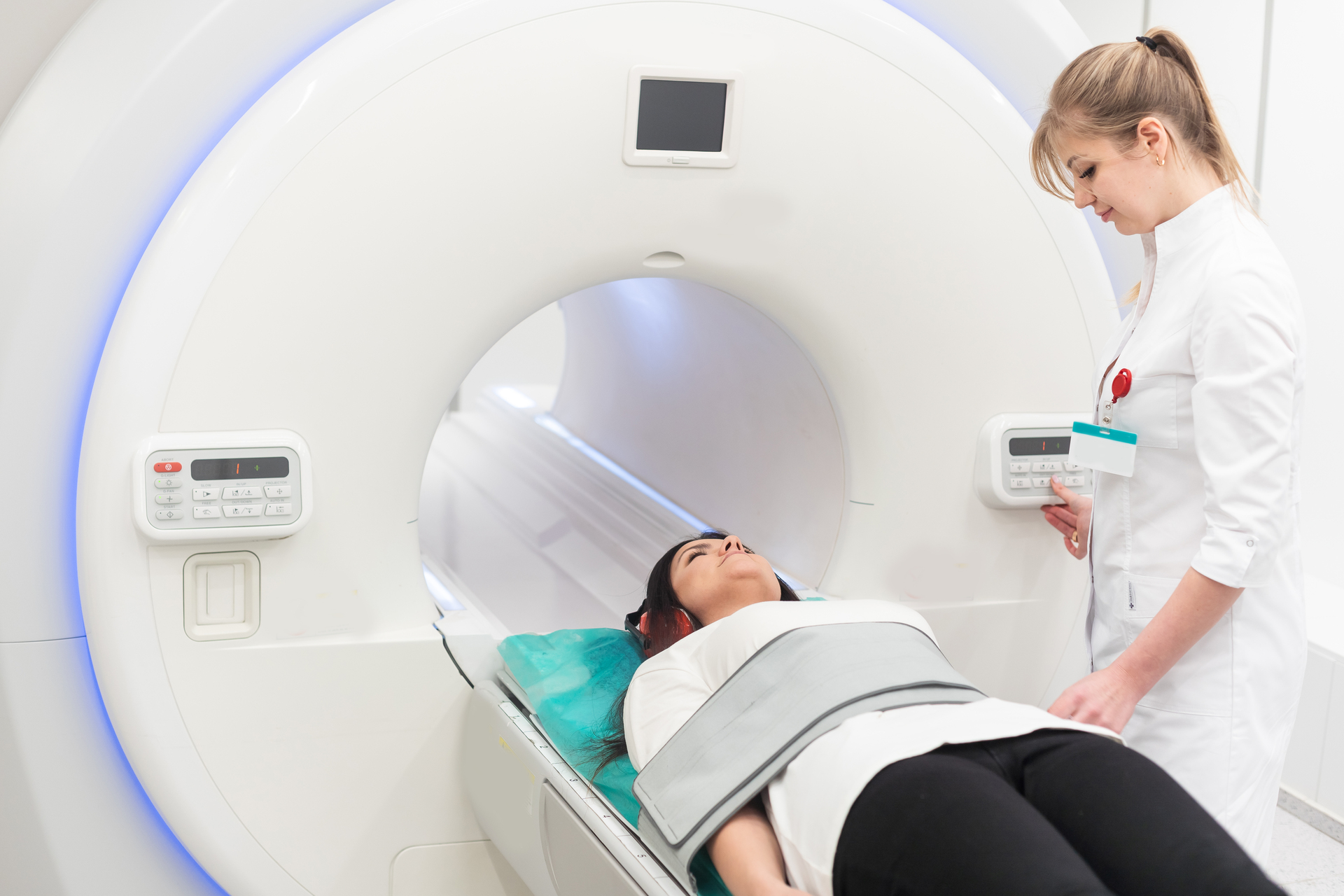
Magnetic Resonance Imaging (MRI) has changed the game in medical diagnostics. This advanced technique lets doctors see detailed pictures of the body’s internal structures, helping them detect and diagnose various conditions early. Let’s dive into how MRI works, its benefits, and why it’s so important in healthcare today.
How MRI Works
MRI uses strong magnets and radio waves to create images of the body’s organs and tissues without using harmful radiation, making it safer than X-rays or CT scans. During the scan, the patient lies inside the MRI machine, which creates a magnetic field to align hydrogen atoms in the body. Radio waves are then sent through the patient, and the resulting signals from the atoms are captured and turned into detailed images. (1)
Benefits of MRI
- Non-Invasive and Painless – One of the best things about MRI is that it’s non-invasive and painless. Patients just need to lie still during the scan, with no need for any surgical procedures.
- Detailed Imaging – MRI gives incredibly detailed images of soft tissues, organs, and other internal structures. This detail helps doctors spot abnormalities that other imaging methods might miss, which is crucial for diagnosing conditions like tumors or brain disorders.
- Versatility – MRI is very versatile and can be used to diagnose a wide range of conditions. It helps doctors see brain and spinal cord issues, joint problems, and the health of vital organs like the heart and liver. It’s also great for assessing injuries and planning surgeries.
Role in Early Detection and Diagnosis
- Cancer Detection – MRI is essential for detecting cancer early. For example, breast MRI can find small breast cancers that might not show up on mammograms. It also helps doctors see how far cancer has spread, which is vital for planning treatment. (2)
- Neurological Disorders – In neurology, MRI is key for diagnosing conditions like multiple sclerosis, brain tumors, and stroke. It provides detailed images of the brain and spinal cord, helping doctors find problem areas and monitor disease progression. (3)
- Cardiovascular Health – MRI is also crucial for heart health. Cardiac MRI gives detailed images of the heart and blood vessels, helping doctors diagnose conditions like heart defects and diseases of the aorta. It’s also used to check the heart’s structure and function after a heart attack. (4)
Future Prospects
The future of MRI is bright, with ongoing advancements. Researchers are working on faster MRI machines and better image quality. New techniques like functional MRI (fMRI) and diffusion tensor imaging (DTI) are helping us understand brain activity and connections. These innovations promise to make MRI an even more powerful diagnostic tool.
Conclusion
MRI has transformed medical diagnostics by providing detailed and accurate images that are crucial for early detection and effective treatment. Its non-invasive nature and ability to give detailed insights into the body’s internal structures make it an essential tool in modern medicine. As technology advances, MRI will become even more precise and reliable, offering the best possible insights into our health.
References
1. Mayo Clinic. (2021). MRI. Retrieved from mayoclinic.org
2. American Cancer Society. (2020). Breast MRI. Retrieved from cancer.org
3. National Institute of Neurological Disorders and Stroke. (2019). MRI of the Brain and Spine. Retrieved from ninds.nih.gov
4. Cleveland Clinic. (2021). Cardiac MRI. Retrieved from clevelandclinic.org


